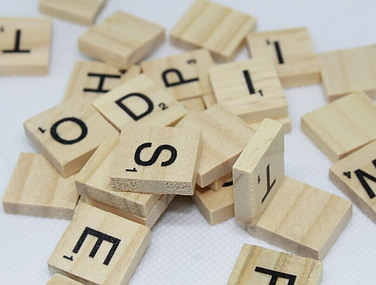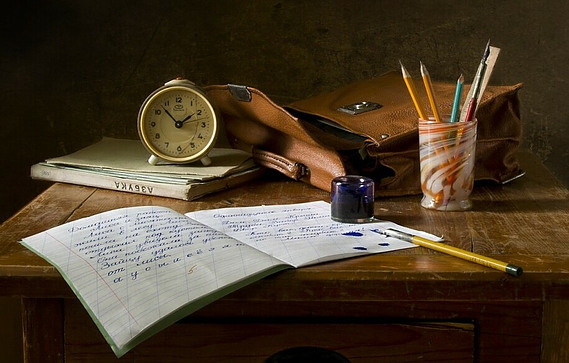My daughter is now 14, a couple of months away from 15. I have been spending time really thinking and trying to understand the impact of dyslexia on her, as a teenager.
Dyslexia isn’t just a word on a page; it’s a very real, everyday challenge for many teens. To truly get a grip on this subject, it’s crucial to understand what dyslexia is—it is a language-based learning disability that affects the way the brain processes written and spoken language.

When you watch a teenager with dyslexia try to read or write, what you’re seeing are individuals doing their best despite significant obstacles. They might read slower than their peers or mix up words.
Spelling feels like a code they can’t crack, and writing out thoughts clearly is a Herculean task. School assignments turn into marathons, and test times tick away too fast.

Now, this might sound strange, but having dyslexia doesn’t correlate with lower intelligence. In fact, these teens are just as smart and capable as their classmates. It’s not that they can’t understand complex concepts; it’s that the way they process language is different, which doesn’t come down to smarts at all.
Recognizing dyslexia as a learning difference and not a lack of ability is the first step. It’s a nuance that, once understood, opens the door to empathy and support. Let’s not mistake dyslexia as a barrier to potential—it’s simply a part of a larger, complex portrait of teen learning.
Challenges and Triumphs: Navigating School Life with Dyslexia
In my opinion, the school experience should be rich and rewarding. For teens with dyslexia though, it’s often a complex maze of challenges and obstacles. What most people take as straightforward — reading, writing, and making sense of information quickly — can seem like massive tasks requiring immense effort for those with this language-based learning difficulty.
You’re going to find out about the realities that students with dyslexia face every day in academic settings. Issues with reading, poor spelling, and wrestling with the written word are just the tip of the iceberg. They often feel the pinch of the clock too, struggling to finish assignments and tests within allotted time limits. This isn’t just inconvenient; it can be downright disheartening.

Yet, it’s not just about the written word. Someone with dyslexia might have trouble pulling up the right names for objects or facts they know well. Memorizing a sequence of items or a phone number? That can be surprisingly tough. And you might notice them hesitating before deciding which way is left or right, or getting flustered when reading a map.
An area that’s particularly challenging for many dyslexic teens is language classes. Learning a new alphabet, grammar rules, and vocabulary requires strong reading and memorization skills — precisely the areas where dyslexics have a harder time. It’s important to realize that behind these academic struggles are teens who are just as intelligent, creative, and driven as their peers.
Choose something that resonates with you from the following: creative problem-solving, exceptional oral communication skills, or a vivid imagination. Dyslexic individuals often have these strengths, amongst many others. Plus, when their unique learning styles are acknowledged and supported, they’re not just managing, but actually flourishing in academic settings and beyond.
Here’s what’s crucial: when we zoom in on the challenges, we also need to celebrate the triumphs. Stories of dyslexic students excelling in arts, sports, or technology remind us that success takes many forms. Their paths to achievement emphasize the importance of embracing different learning styles and recognizing the diverse forms of intelligence.
Empowerment through Understanding: Building a Dyslexia-Inclusive Environment
I’m going to show you how crucial a supportive community is for teens with dyslexia. It starts with spreading awareness that dyslexia doesn’t reflect one’s intelligence or potential – these young individuals can shine brightly in other areas.
Parents, teachers, and classmates all play pivotal roles in fostering an inclusive and understanding atmosphere for students with dyslexia. By knowing about the daily struggles these teens face, they can collectively become a strong pillar of support.
In my opinion, the key to empowerment is creating a learning environment that embraces different styles – this means introducing assistive technologies, specialized strategies, and adaptive teaching methods that cater to dyslexic learners.
Choose something that resonates with each individual student. This personalized approach can transform the educational experience for students with dyslexia, turning challenges into opportunities for growth and self-discovery.
Adapting the curriculum and implementing diverse teaching tools will not only aid dyslexic students but will enrich the learning experience for all students. Variety in teaching styles keeps classrooms dynamic and engaging for everyone.
I really hope that you don’t see dyslexia as a limitation, but rather as a unique attribute that, when understood, can contribute to a teen’s success. With the right support, teens with dyslexia won’t just manage; they’ll thrive and show us the full scope of their capabilities.
A lot is happening very quickly in the realm of educational support and technology. Keeping pace with these advancements will undoubtedly pave the way for many dyslexic teens to flourish in their academic and personal lives both now and in the future.
While it took me quite some time to get there, instead of focusing only on the shortfalls; I actively try to embrace the strengths my daughter possesses: dance, art and creative visualization. I do hope this article can shift your focus, if needed. Please feel free to comment and share your own experience below.
Dee_J

